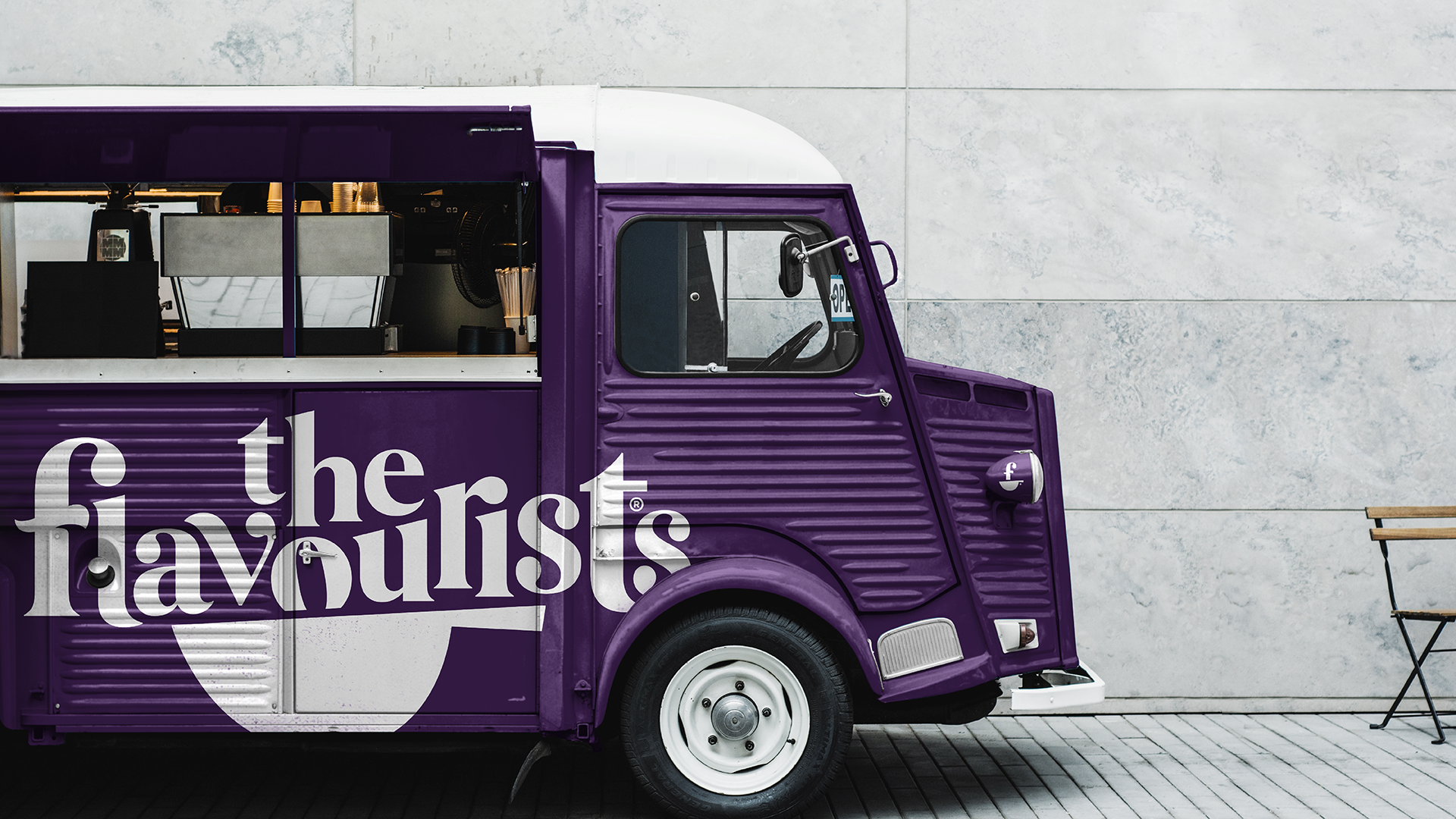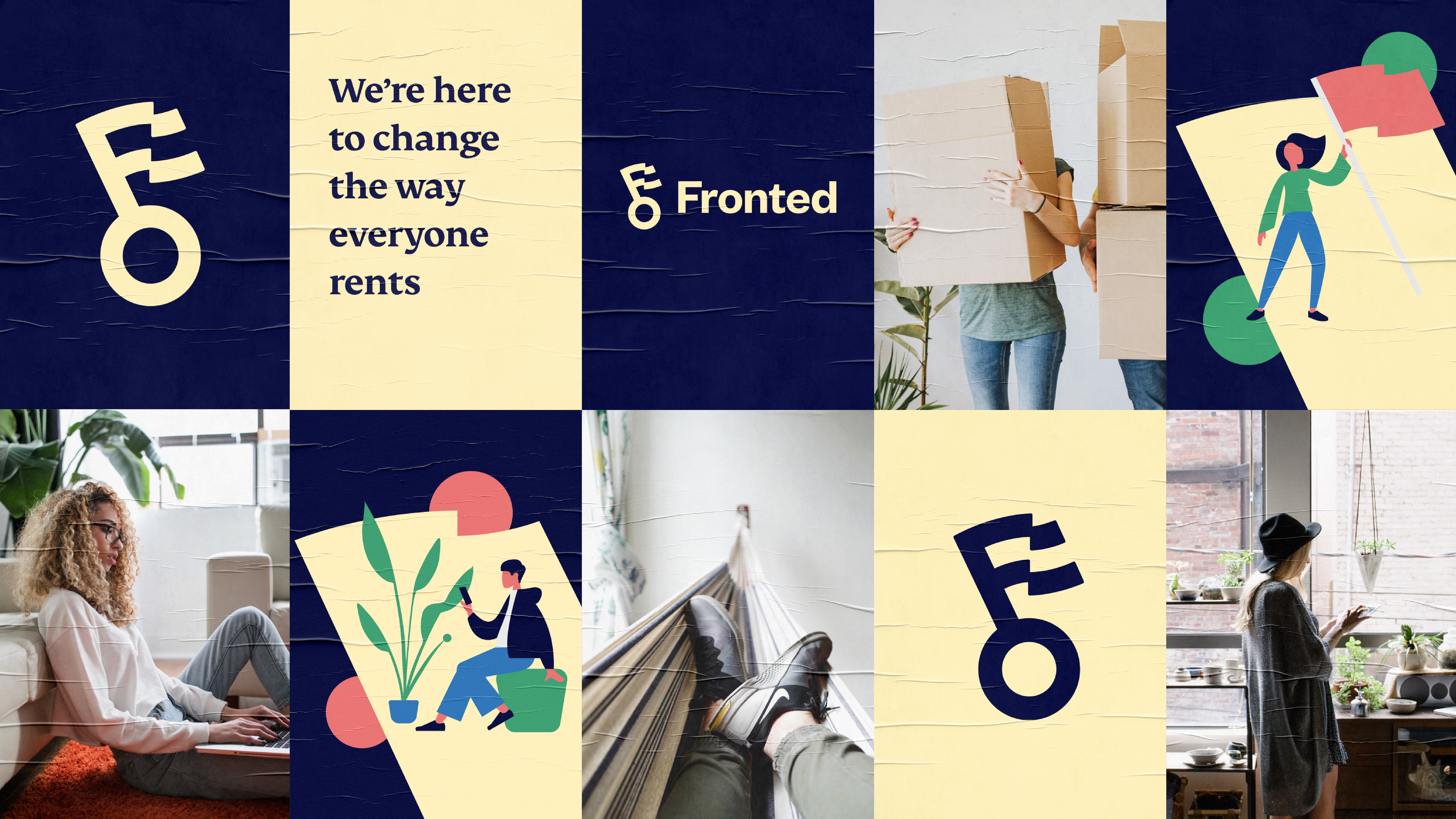
Design Sprint Into The New Year
By Kyle Whybrow on Jan 17, 2023
One Club Gold Member Kyle Whybrow discusses design sprint model thinking
The One Club for Creativity family is made up of countless individuals, all putting their talents towards creating amazing work. And while they most often share with us the projects they create (and we then share them with the world) sometimes it’s their wisdom and experience that they’re offering to our community.
Such is the case with Kyle Whybrow, a creative director from the London offices of global design consultancy and One Club Gold Member Elmwood. Kyle has experience working for a diverse range of global brands, including Heineken, Danone, LW Theatres, Fronted, EFG, The Flavourists, and Syngenta. He often employs the “design sprint” model on his assignments, a process that can seem hectic if you haven’t had much practice. Thankfully Kyle is here to share his tips on making it work.

I’ve been bringing the “design sprint” model into my practice for almost 10 years now, and along the way, I’ve learned some important lessons. Some of those lessons were a bit harder to learn than others — harder on my pride, maybe — but all in all, I know it’s made me a faster, more efficient and all-around better designer. Moving into this new year, I’ve been able to transform some of the lessons I’ve learned into five points that should be able to help you in your own creative travels.
Immerse yourself into the client’s world before anything
When you take on a new brief of this kind, you need to initially fully immerse yourself into the client’s world. Before you can even proceed with building on the brief, you need to understand the current environment the client and their brand operate in and understand any growth and innovation goals that will most likely play a significant role in the brief.
I always push for this to be a collective exercise between the client and internal design team where the conversation should be one of collaborative thinking and providing full insight into the common emerging interests, which results in consensus about which direction to take.
Without this initial collective conversation, we won’t have the crucial insights into their business and structure to guide them on the next focus with a relevant point of view. It’s all about understanding where our skills lie, but where the context and understanding of the client are just as important to set up a strong foundation for the design sprint.
When we worked with a new-to-market plant-based challenger brand, The Flavourists, we had to ensure we created a visual identity system that reflected the disruptive nature of the brand. They were looking to challenge the dominant narratives within the plant-based category. The visual identity we were to create needed to capture The Flavourists’ passion for flavour and the joy of cooking, focusing on the joyful side of plant-based food as opposed to the responsible qualities. Had we not had that initial discussion outlining where the team wanted to play and how they wanted to disrupt the traditional lexicon in this space, we would not have known that this was the statement our identity had to reflect.
Learn how to actively listen
Working in a design sprint model is all about actively listening. It relates to the first learning point in that you need to understand your client fully and allow them to bring their expertise to the table. This allows you to successfully challenge them with the brief in the right ways whilst remaining in line with their overarching objectives and needs. I’ve seen the most success with these projects when there is collective alignment in the form of an in-person workshop(s) to ensure optimal collaboration. Bringing people together in one space, without external distractions, to fully immerse yourself into the brand’s pain points and future aims is how briefs are executed to their full potential.
Given the structure of design sprint models allow for little diversion or impulsive changes, you need to ensure there is strong communication from the onset for full clarity to run throughout each team and between the client and agency. As much as I believe in the remote working opportunities the pandemic has shown us, there is something about what you can achieve in a collective in-person workshop that remains incredibly unique.
"I believe in the remote working opportunities the pandemic has shown us, there is something about what you can achieve in a collective in-person workshop that remains incredibly unique."
Establish trust
Once we identify together with the client the territories we want to explore, it’s all about trust. As a brand and design agency, we’re constantly exploring ways we can push the boundaries of what we can deliver. Showing the breadth of what we can do, but remaining respectful to the client’s brief and wishes is a fine balance to attain. It’s important during this process that there is a concise but small group of key stakeholders on the client side who make the decisions. Understanding and agreeing on who is able to make these decisions is crucial, particularly when we aim to guide the client between several concepts and decide on which idea we should bring to life– often without the time to go into research to see which territory performs best. I cannot stress how important trust is in this scenario. The client needs to rely on our expertise as an agency to deliver on the best concept and push the limits for their brand. Without this trust, delivering our best in the restricted time frame is simply not possible.
"As a brand and design agency, we’re constantly exploring ways we can push the boundaries of what we can deliver. Showing the breadth of what we can do, but remaining respectful to the client’s brief and wishes is a fine balance to attain."
When we worked with the Fronted team to develop a brand mark in line with their bold ambition to increase social mobility by providing an affordable and accessible deposit platform, there were various territories we had developed for the team but one we knew was the right direction to take. We stressed this to the CEO, who trusted us and allowed us to play to our strengths and expertise in making this decision. The Fronted brand mark is what you see today and has helped the company secure investment to establish the brand as a key new player in their industry.
Remember the brief and your client’s needs
Always keep the brief in mind! As much as we creatives love to think out of the box and beyond the current needs of the client, it’s important to remain respectful to the brief that initiated the conversation. We always strive to deliver maximal value for what we are able to execute in that time, making sure not to stay in line with the limitations presented in a design sprint model.
We must understand what the client is looking to achieve in the timeframe, and to do so we have to keep the client’s challenges, aims and concerns in mind. For Fronted, we agreed from the start that the creation of a bespoke brand mark was the key first deliverable we had to begin before we even thought about building out a brand identity that established the company as a new player in the market. Without agreeing on this crucial need from the brief, the entire foundation for the scope of the work would have looked completely different.
Encourage transparency and open communication
I cannot stress how important transparency and communication are throughout the entire duration of a design sprint. I always strive to create an open-door policy from the very beginning for any type of conversation, both internally and with the client team. Whether it’s constructive feedback, doubts, or a positive response, it’s important to create an open environment with a structure in place to allow feedback and guidance. Without this, it’s nearly impossible to reach a collective agreement about basic decisions, and you risk the entire model collapsing. Transparency is not only valuable to flag any conflicts or overlooked details but also brings new ideas and insights to the table, which might open up new opportunities that previously weren’t considered – so it’s a win-win situation at any given moment.
"Whether it’s constructive feedback, doubts, or a positive response, it’s important to create an open environment with a structure in place to allow feedback and guidance."
Kyle Whybrow is a Creative Director at Elmwood London. He has experience working for a diverse range of global brands, including corporate, consumer identities, and challenger brands. Kyle’s clients include Heineken, Danone, LW Theatres, Fronted, EFG, The Flavourists, and Syngenta. He has a strategic-led approach to design, with the belief that beautifully crafted big ideas can move brands forward with a positive cultural impact on society.
One Club for Creativity Members get featured here on the One Club website and across our social media channels. Have a new project you'd love to share? An upcoming exhibition and you'd like us to help spread the word? We always love to know what our One Club Members have been up to, so don’t forget to send us your cool work!
Related





